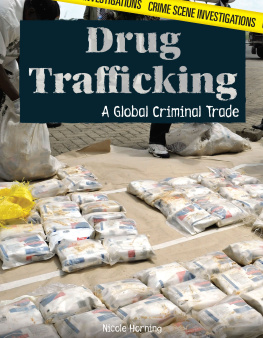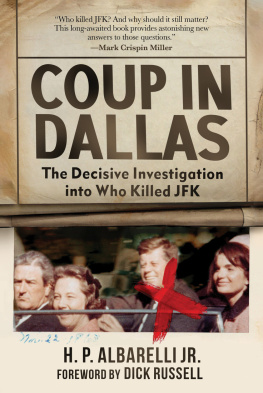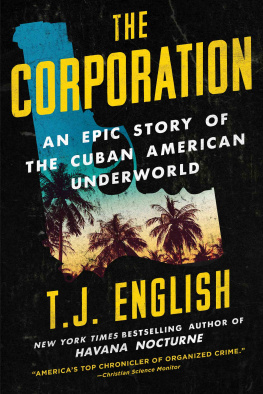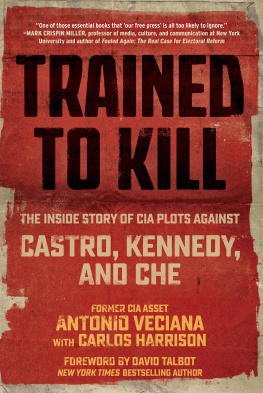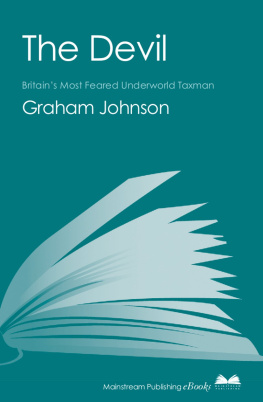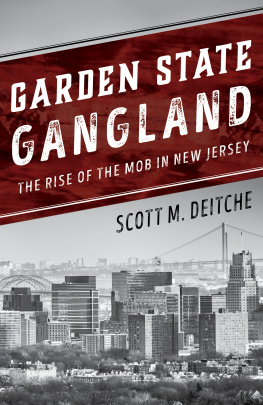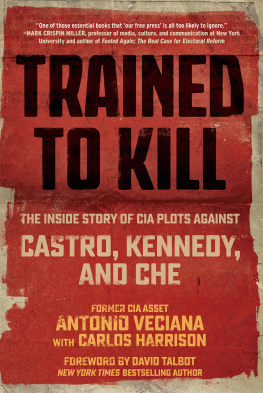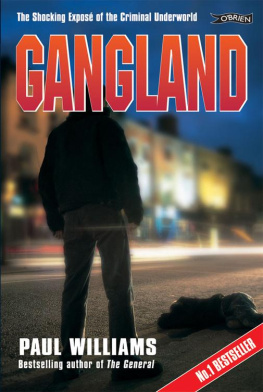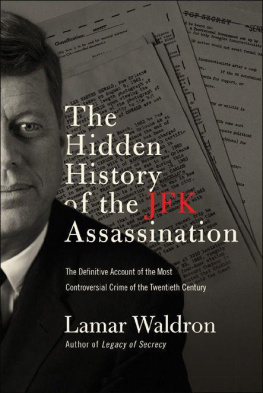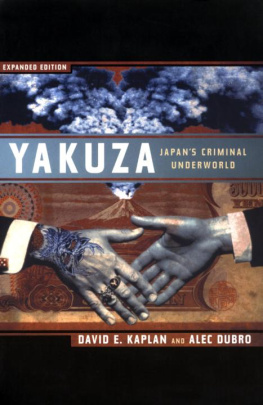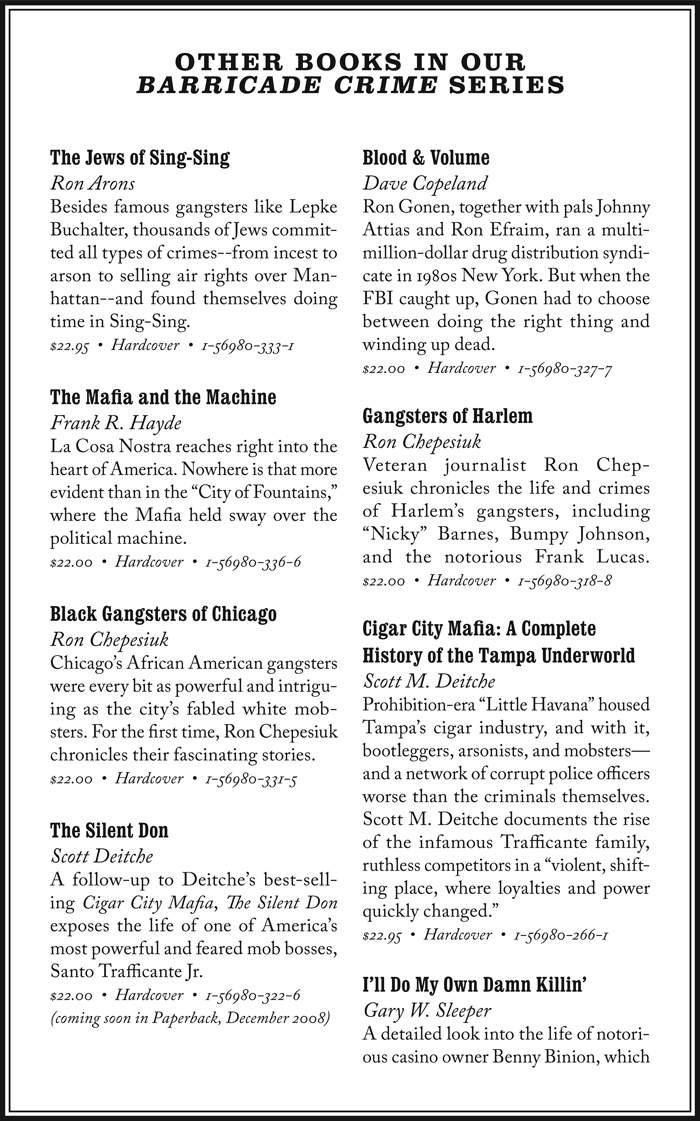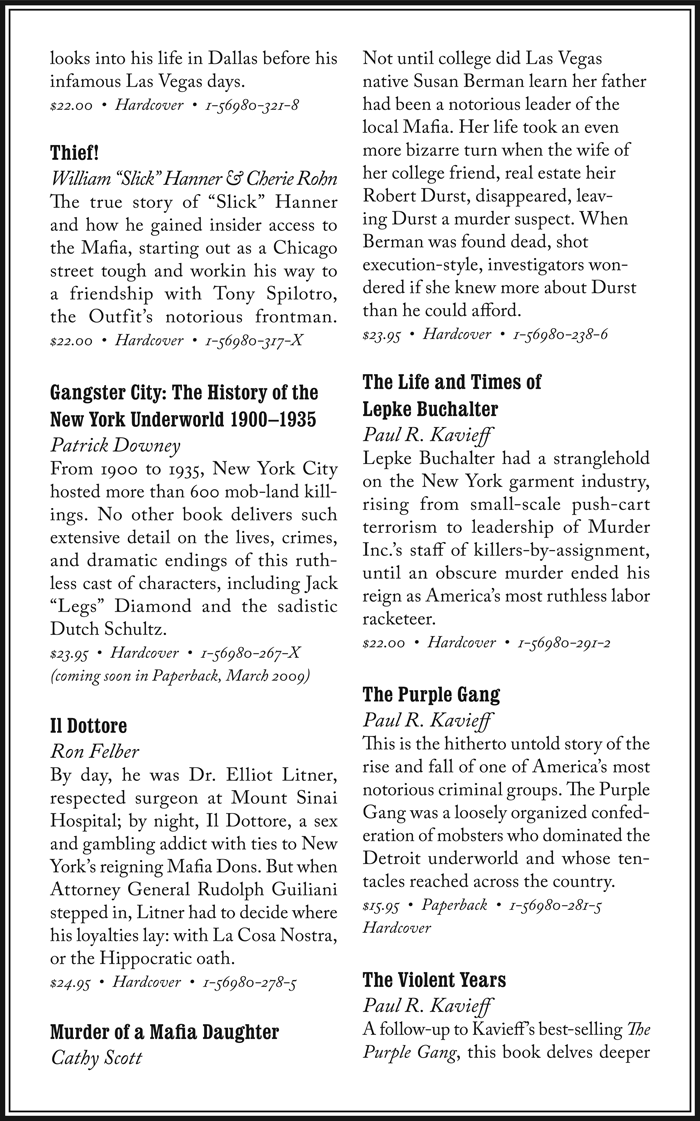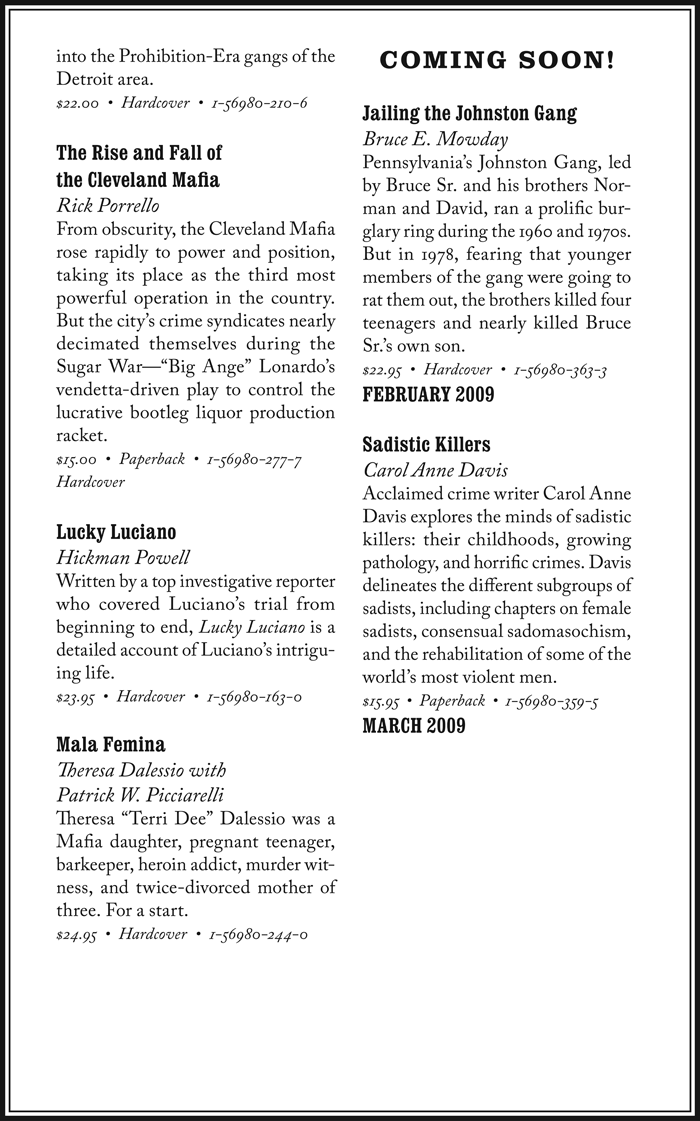ACKNOWLEDGEMENTS
T HIS BOOK WOULD not have been possible without the research help of Bill Iler. Bill dug up lost information, set up interviews, found old legal documents, took some great photos, and let me use some of his collection of old mugshots for the book. Th anks to Dianna Collier, my agent, for sticking with my projects. At Barricade Books, I want to thank Carole Stuart, the late Lyle Stuart (a million thanks for giving me the chance to be published), Ivy McFadden, and the rest of the staff. Th anks to Elizabeth Place for material about David Yaras and Santo Trafficante Jr.
Thanks to Tim Dorsey, Lee Irby, Mimi Sandoval, Pat at Waldenbooks, Nancy Barber, Tampa Digital Studios (Mike Piotrowski, George Cornelius, Mike McCourt), Julee Milham, Dave Critchley, Kenny Torro and the Real Deal forum crew, Rick Porello at americanmafia.com, TJ English, Jeff Morris James Richards, Tim Gratz, John Simkin and the Education Forum, Lawrence Schuler, Ken Hoskins, Ace Atkins, Lori Gadreau and the Times Festival of Reading staff, Angelo Bedami and Jerry Blair, The Florida Sportsman Fishing Forum, and Stacey Smith and the Borders writing group. To The GuysDeal dudes.
Special accolades to Mike from Buffalo for finding the birth certificates, the staff at the JFK Assassination Archives at the National Archives, the staff at the Dade County archives, Florida Trend magazine, Tampa Bays Cigar City magazine, Fox-13 TV, the Tampa Tribune, the St. Petersburg Times, and the hundreds of people I interviewed, emailed, and met at my signings.
And finally a big thanks to my familyespecially my wifefor all their support.
1
Beginnings
T HE STORY OF Santo Trafficante Jr. begins on the island of Sicily in the town of Cianciana, the ancestral homeland of the Trafficante line. Its where Santo Trafficante Jr.s father was born. Located on the southwest coast of the island, Cianciana is a small mountain village near Mount Calvario. The small enclave of fewer than 5,000 residents lies in the province of Agrigento, historically known for its Mafia activity. Along with the towns of Bivona (the seat of local government), Alessandria Della Rocca, and Santo Stefano Quisquina, Cianciana formed the nexus of the Italian immigration to Tampa. In fact, Santo Stefano Quisquina accounted for approximately 60 percent of Tampas Sicilian population at its height and virtually all of its earliest settlers.
On May 24, 1886, thirty-one-year-old cart driver Francesco Traficante and his wife, Lucia Marino, welcomed their fourth child, Santo, named after Francescos father. Santo was actually the second son with that name. The first Santo, born in 1882, died before his fourth birthday. (It was a common practice in those days to continue the naming after a child had died because infant mortality was all too frequent an occurrence.) The Traficante line in Cianciana had six children who passed away before they turned six.
At the end of the nineteenth century southern Italy was struggling with extreme poverty, and Cianciana was no exception. Social upheaval, coupled with a serfdom-like agrarian system, Mafia activity, and an exploding population put even greater strain on an already tense community. And all these factors contributed to the great migration to America.
Francesco Traficante realized the familys future was not in Cianciana and had heard stories of the fabled streets paved with gold in America. In the spring of 1901, fifteen-year-old Santo Traficante, his mother, and seven-year old brother, Epifanio, left Bivona for Palermo.
The voyage was difficult. In the cramped quarters disease often ran rampant, and the ship only managed 12 knots top speed across the North Atlantic, known for its unstable marine weather. Although the National Weather Service had begun giving three-day North Atlantic forecasts in 1901, it was an imprecise science. Clashing high- and low-pressure systems caused storms to barrel across the ocean, sending huge swells and monster waves crashing into the never-ending parade of immigrant ships, especially the boats that left later in the summer and early fallthe peak of storm season. In 1901, six hurricanes tracked across the path of the immigrant ships.
But the Florio arrived safely at Ellis Island on May 7, 1901. Following a cursory screening process, the Trafficantes boarded a train to Florida, following the railroad lines that had opened up the mosquito-infested swamplands to settlers only decades before. Th ats where the Trafficantes ended up, following many of their fellow neighbors from Agrigento. They settled on the east side of Ybor, in the Italian section. Th ough ethnically mixed, Ybor was still parsed into small ethnic enclaves, some of which extended just a block or two.
The small geographical size of Ybor allowed for an interconnectedness of the community that assisted in helping immigrants to adjust to life in a new country. Mutual aid organizations, like the Centro Asturiano for Cubans, or LUnione Italiana for Italians, sprung up. Says Armando Mendez in Ciudad de Cigars, Embracing a broad agenda of educational, social, and recreational activities, the clubs also provided medical and dental care for their members.
The Italian immigrants of agrarian backgrounds founded agricultural institutions in Tampa that were noteworthy for their adaptability, cooperation, and success.
The cramped quarters of Ybor were by no means the equivalent of the immigrant ghettos of the Lower East Side, but the closeness of residences and businesses fostered a strong sense of community that outlasted the ethnic enclave itself. Whereas European immigrant families in the Northeast eventually moved out of the neighborhood, city, and even state, Tampas Latin community remained, for the most part, in the Tampa Bay region.
This neighbor-helping-neighbor attitude reached across the spectrum from businesspeople to police to gangsters. The intertwining of the neighborhood experience continued through adulthoodkids who played together on the streets became lawyers, judges, police, and gangsters. While it was only a small few that continued the relationships in a nefarious way, the close-knit nature of Tampa, the rate of intermarriage, and the inability for outsider to infiltrate the gangland circles made it difficult for later law enforcement agencies, especially federal ones, to get a deep insight into the workings of the Mob in Tampa. And perhaps no figure was less understood than Santo Trafficante Sr.; his early years in America are shrouded in secrecy.
Its not exactly clear just when Santo Trafficante Sr. became involved with organized crime activities or a member of the Mafia. Coming from a Mafia stronghold such as Agrigento, he was certainly aware of the power of the Mafia in the old country. As a teenager, he likely would have had to work to support his mother and brother. He had no arrest record, but there are stories that he fell in with a gang of robbers and extortionists shortly after his arrival in America. Tampa experienced some of the same Black Hand extortion activities that other Italian immigrant neighborhoods did. The extortion of Italian businessmen by their own immigrant brethren was the most common catalyst for the rise of organized crime groups.


